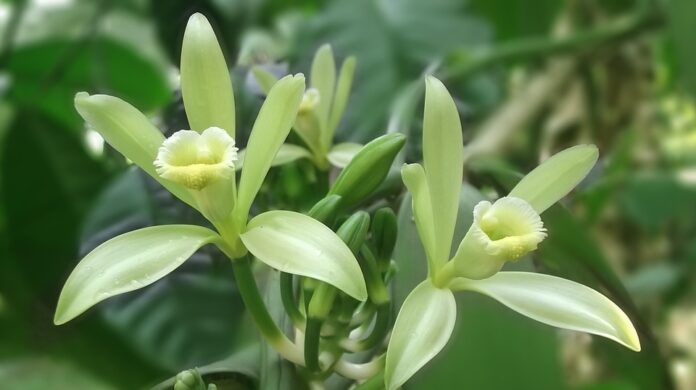Introduction
Vanilla is one of the most popular and widely used flavors in the world, with a wide range of applications in food, beverages, cosmetics, and pharmaceuticals. However, the production of vanilla can vary significantly depending on whether it is grown using organic or conventional methods. In this report, we will analyze the sustainability and profitability of organic vs conventional vanilla production, taking into account factors such as environmental impact, consumer demand, and financial performance.
Environmental Impact
Organic Vanilla
Organic vanilla production focuses on using natural and sustainable farming practices, such as crop rotation, composting, and biological pest control. These methods help to minimize the use of synthetic chemicals and pesticides, reducing the environmental impact of vanilla cultivation. Organic farms also tend to promote biodiversity and soil health, which can have long-term benefits for the ecosystem.
Conventional Vanilla
Conventional vanilla production often relies on the use of synthetic fertilizers, pesticides, and herbicides to maximize yields and control pests. This can have negative consequences for the environment, such as soil degradation, water pollution, and loss of biodiversity. Additionally, the intensive use of chemicals in conventional farming can contribute to greenhouse gas emissions and climate change.
Consumer Demand
Organic Vanilla
Consumer demand for organic products, including vanilla, has been steadily increasing in recent years. Many consumers are willing to pay a premium for organic products due to concerns about health, environmental sustainability, and ethical farming practices. The demand for organic vanilla is particularly strong in developed countries where consumers are more aware of the benefits of organic farming.
Conventional Vanilla
While conventional vanilla is still widely used in the food industry, there is a growing trend towards sustainability and ethical sourcing among consumers. Some companies are starting to prioritize sustainable farming practices and transparency in their supply chains, which could impact the demand for conventional vanilla in the future.
Financial Performance
Organic Vanilla
Organic vanilla production can be more expensive than conventional methods due to higher labor costs, certification fees, and lower yields. However, organic vanilla typically commands a higher price in the market, which can offset some of the production costs. In addition, some organic farmers have access to premium markets and direct sales channels, which can further increase their profitability.
Conventional Vanilla
Conventional vanilla production may have lower upfront costs and higher yields compared to organic farming. However, the price of conventional vanilla is often lower, as it faces competition from synthetic vanilla alternatives. As consumer demand for sustainable and organic products continues to grow, conventional vanilla producers may need to adapt their practices to remain competitive in the market.
Industry Insights
The vanilla industry is facing challenges related to climate change, deforestation, and labor issues, which are driving the need for more sustainable farming practices. Companies that prioritize environmental stewardship, social responsibility, and product quality are likely to gain a competitive advantage in the market. By investing in organic farming methods, companies can not only reduce their environmental impact but also meet the growing demand for sustainable and ethically sourced vanilla products.
In conclusion, while both organic and conventional vanilla production have their own advantages and challenges, the shift towards sustainability and consumer demand for organic products is likely to drive the future of the industry. Companies that prioritize sustainability, transparency, and quality in their vanilla production are well-positioned to thrive in the evolving market landscape.


